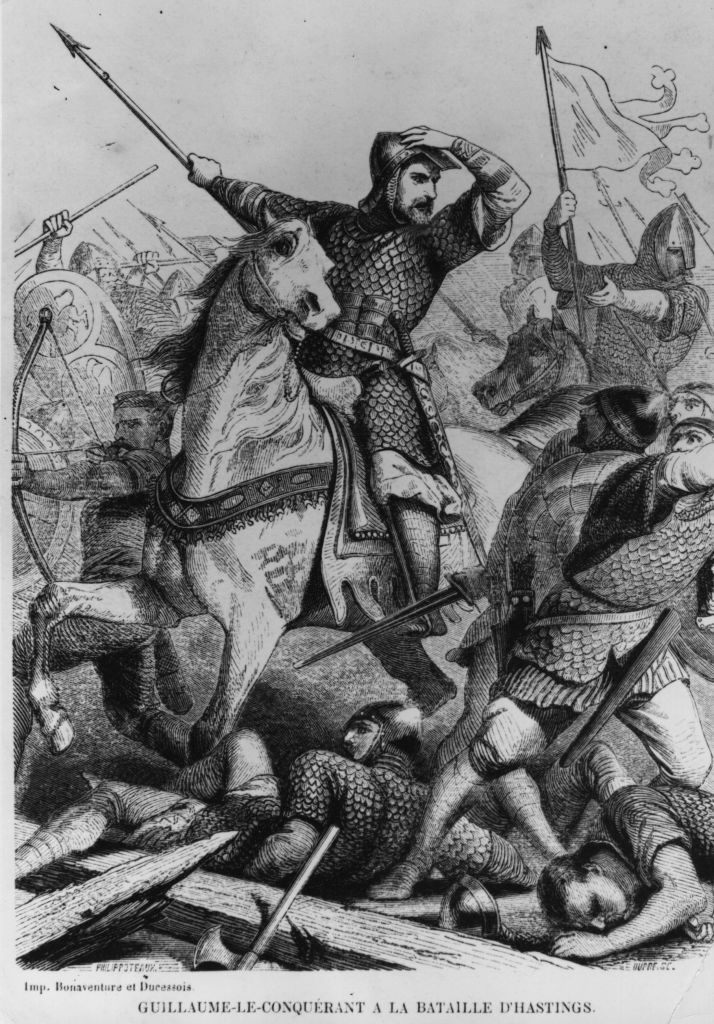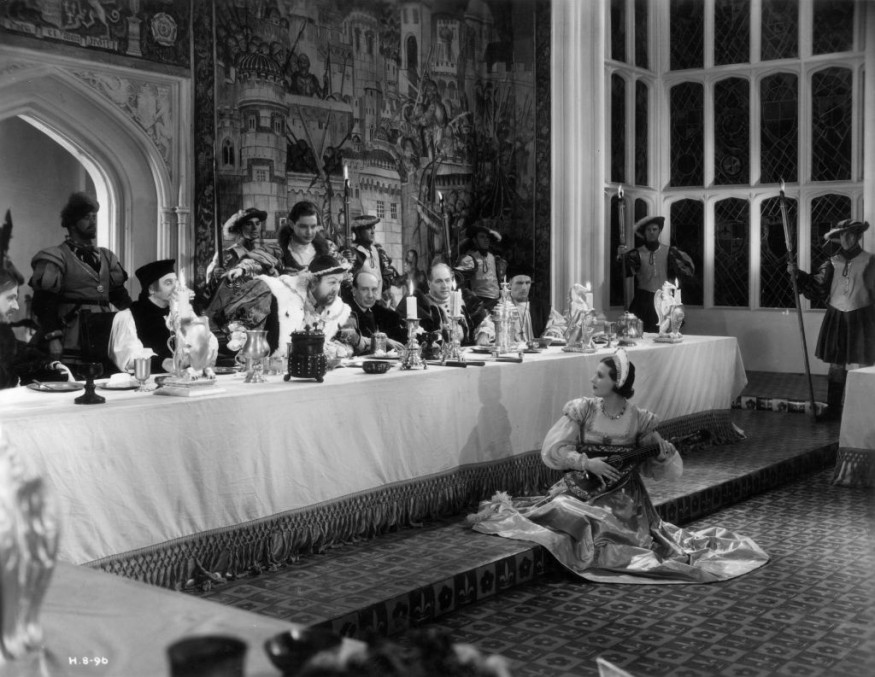Like many holidays, the Christmas feast is something that everyone is looking forward to. Families gathered around the table to enjoy delicious dishes and share beautiful stories.
But one can always wonder how the Royals celebrate Christmas and what dishes they put on their royal food table. Let's go back through time and see the royal Christmas feast through the ages.
Christmas Medieval Feast
The Medieval period is an interesting time to explore when it comes to food. According to History Extra, Christmas played second fiddle to Epiphany.
However, it changed during the 1000s under William the Conqueror, who picked Christmas Day for his coronation date. Since then, Christmas in the royal court would be celebrated with a lavish feast.

The Royal Christmas table is typically adorned with a boar's head stuffed with pork meat, ox tongue, apples, and herbs. Another elaborate dish is the peacock, which is roasted with its feathers fanned and arranged on a decorative platter.
The Tudor's Feast

When the Tudor era came, food was central to a royal Christmas. Henry VII and Henry VIII enjoyed a gargantuan Christmas pie. Additionally, it was Henry VIII that served turkey as part of the Christmas feast.
According to LoveFood, it was during his reign that meat first arrived in England and gained popularity.
Elizabethan Christmas

During the mid-1500s, sugar was becoming increasingly popular. It became a status symbol, and sweet treats became a clear favorite of Queen Elizabeth I.
According to Mirror, sweetmeats also became a crucial part of royal banquets and festive celebrations. A dish called 'leech' became famous back then, and the bacon chunks cooked with almonds and sugar.
Read also: Royal Diet: 10 Forbidden Food The Royal Family Can't Eat
The Gregorian Era
During the Georgian era, the boar's head and the bounty of sweet treats have all disappeared. The menu became more simple and low-key.
Moreover, after the death of Queen Caroline, King George dined on squabs, chicken fricassee, cold turkey, followed with warm plum broth and mince pies.
Victorian-sized Feast
All the splendor was again seen in the royal Christmas table during the Victorian period. Another notable change was that the festive menu was enormous and elaborate.
A gigantic baron of beef, the traditional boar's head, a mighty game pie, and a colossal plum pudding for dessert take pride of place on the table.
Edwardian Dining
King Edward VII has a taste that is greatly influenced by Parisian cuisine. Christmas dishes were served à la russe, rather than laid on all at once. The feast procession would typically include braised ox hearts, roasted quail, mussel jelly, and blancmange.
Modern Day Royal Christmas Feast

Although times may have changed, the Christmas feast prepared for today's royal family is heavily influenced by monarchs through the ages. The historic dishes were given a modern twist, but the luxury and exuberance of previous eras are retained.
On Christmas Day, the male family members would have a meat-heavy start to the day, with kippers, bacon, grilled kidneys, and eggs.
Meanwhile, women generally opt for something lighter.Christmas lunch is the day's main event, highlighting the most common salad offering topped with juicy shrimp or succulent lobster.
Later on, during the evening, the main menu is a sumptuous turkey dinner with an abundance of delicate trimmings.



